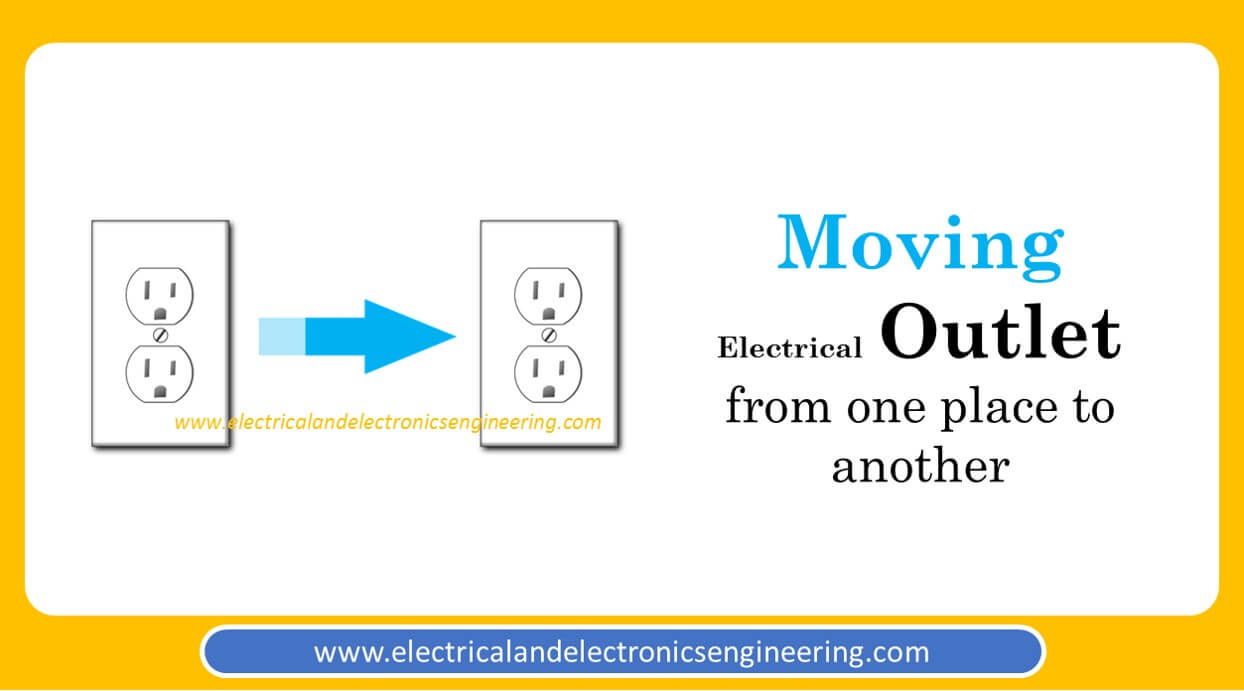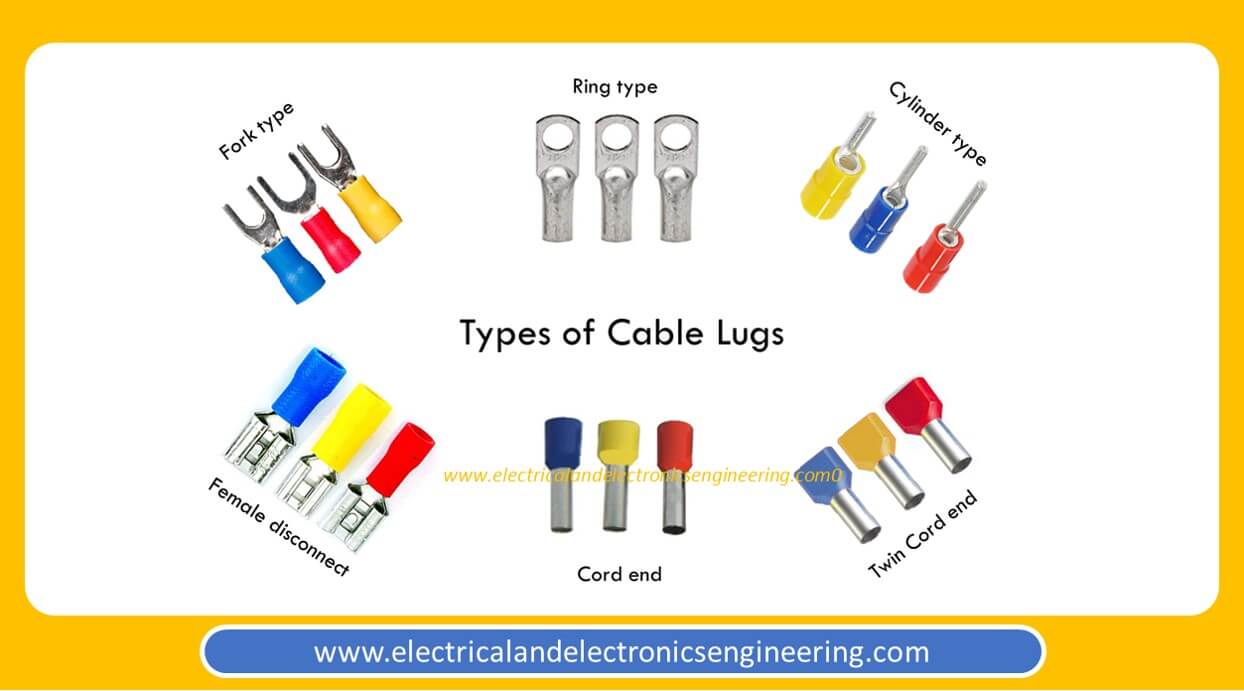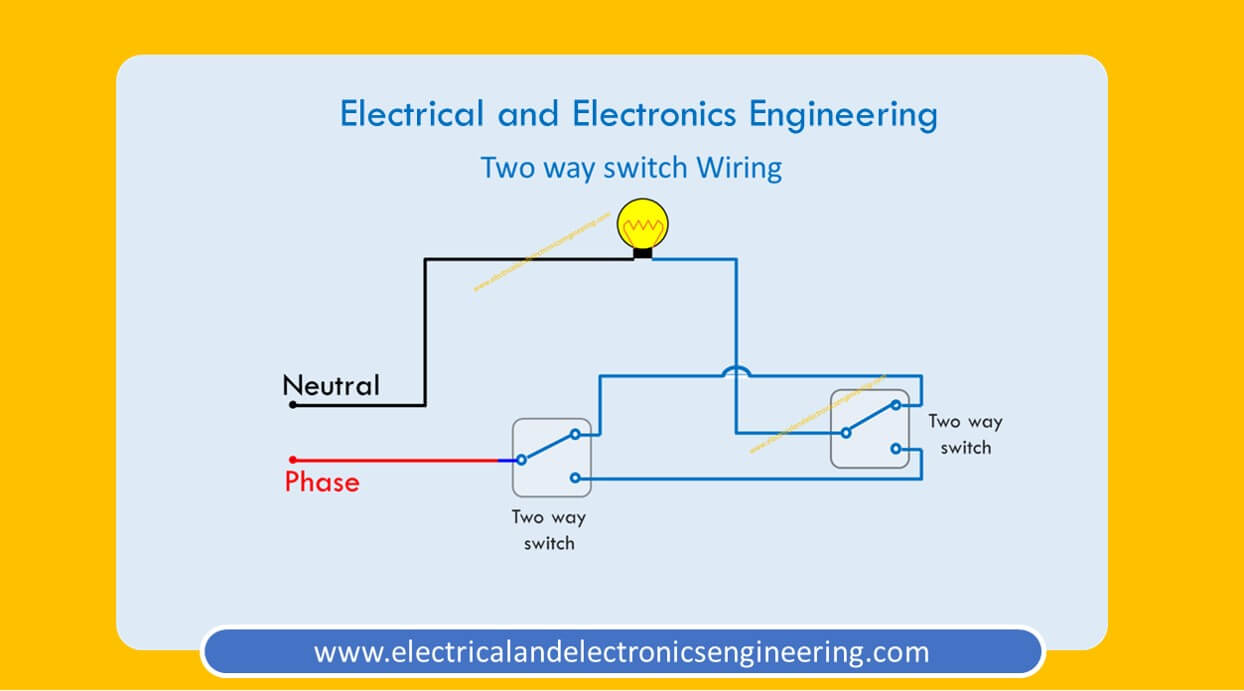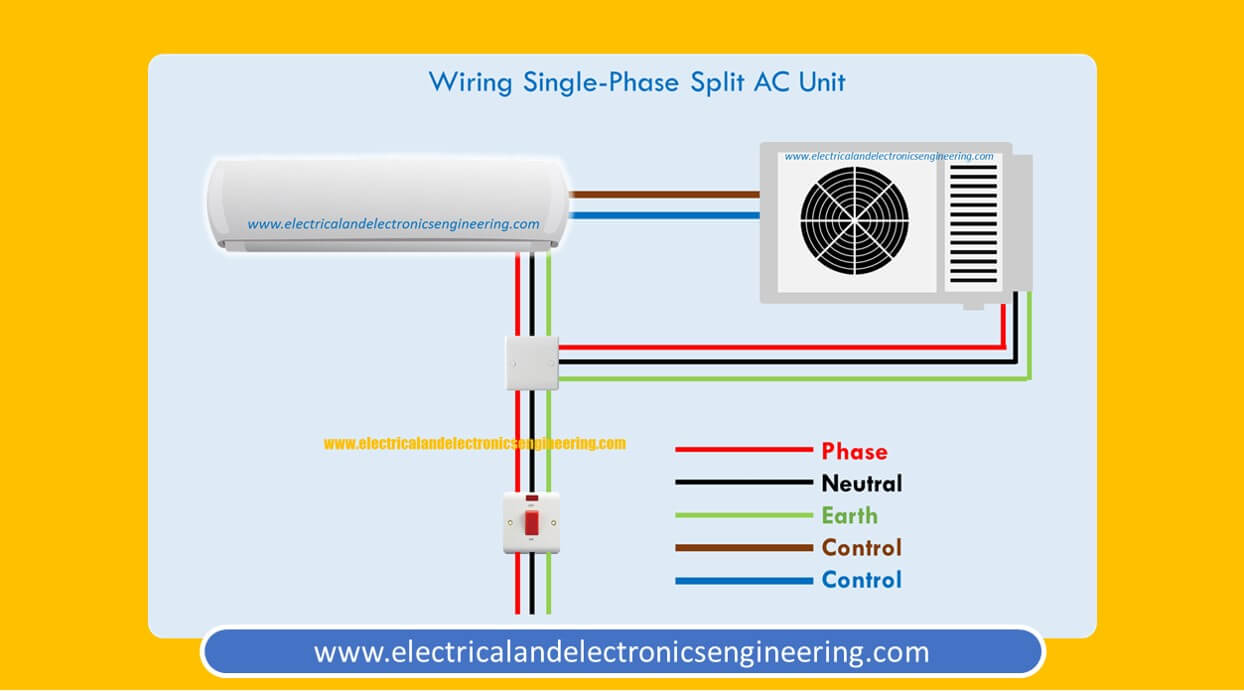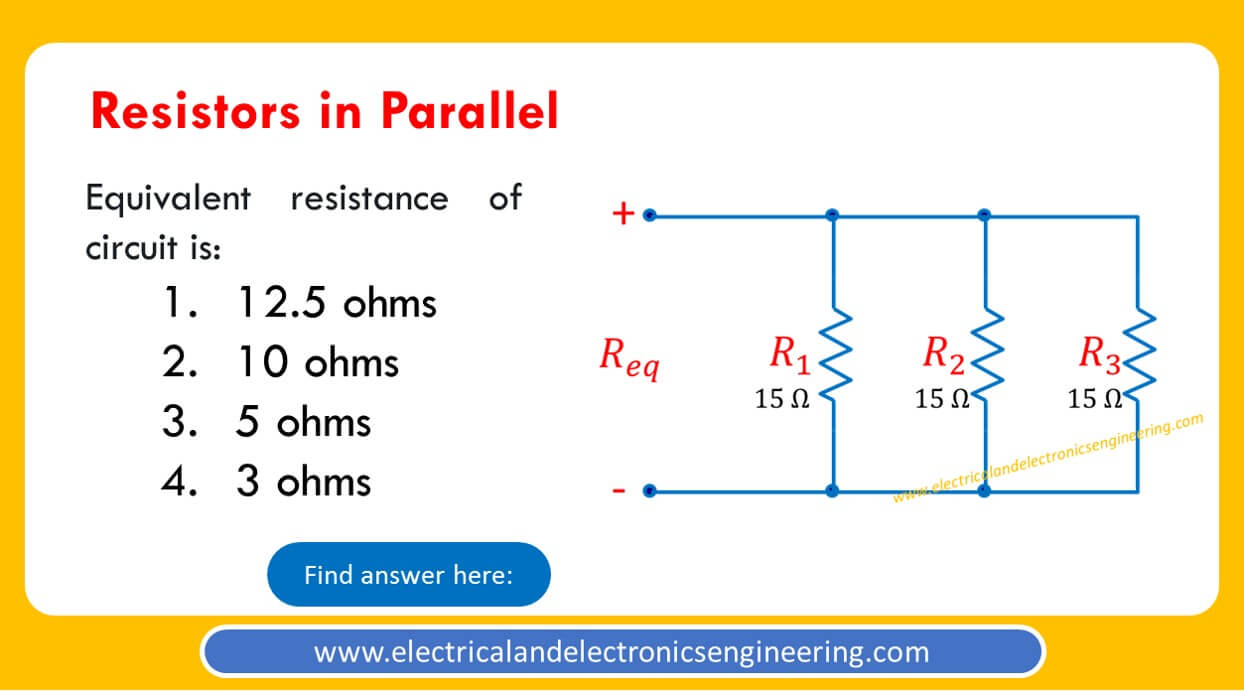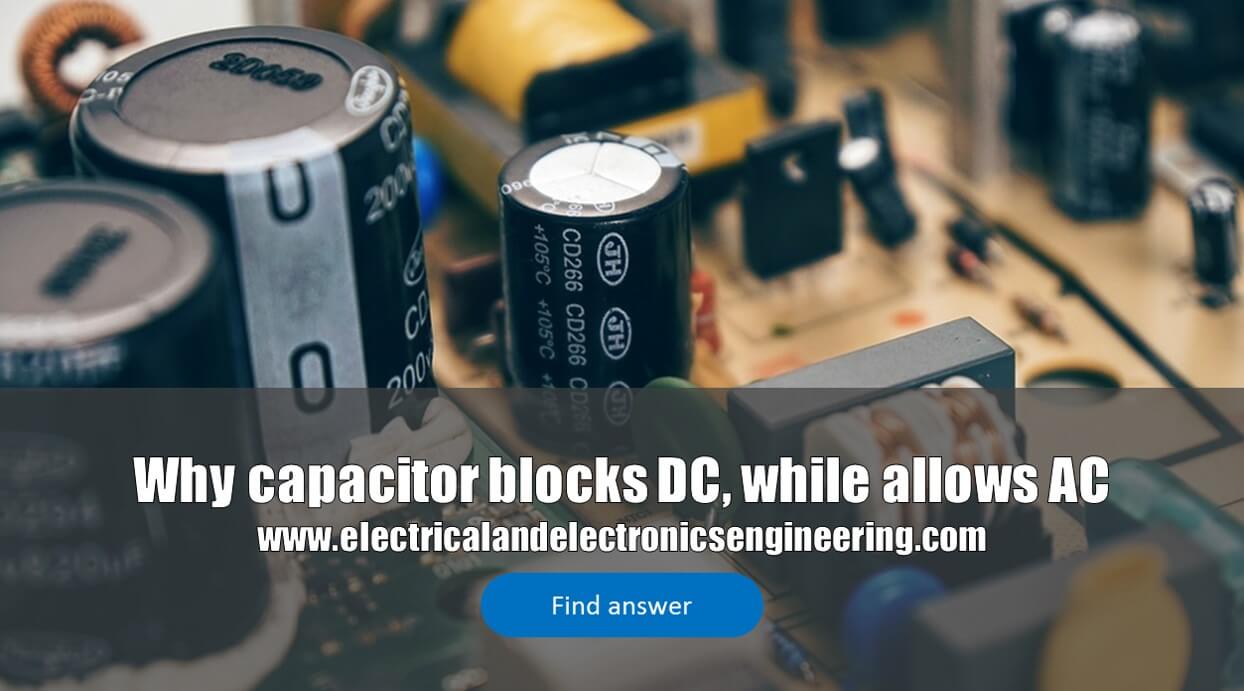Electrical Outlet Wiring Diagram [Radial and Ring mains]
Electrical outlet wiring can be done in two ways: Ring main wiring In ring main wiring method a loop of each wire (Live, Neutral, and Phase) is made starting from the first outlet to last outlet and then again back to the original point. The ring main provides a two-way flow of power from one … Read more

